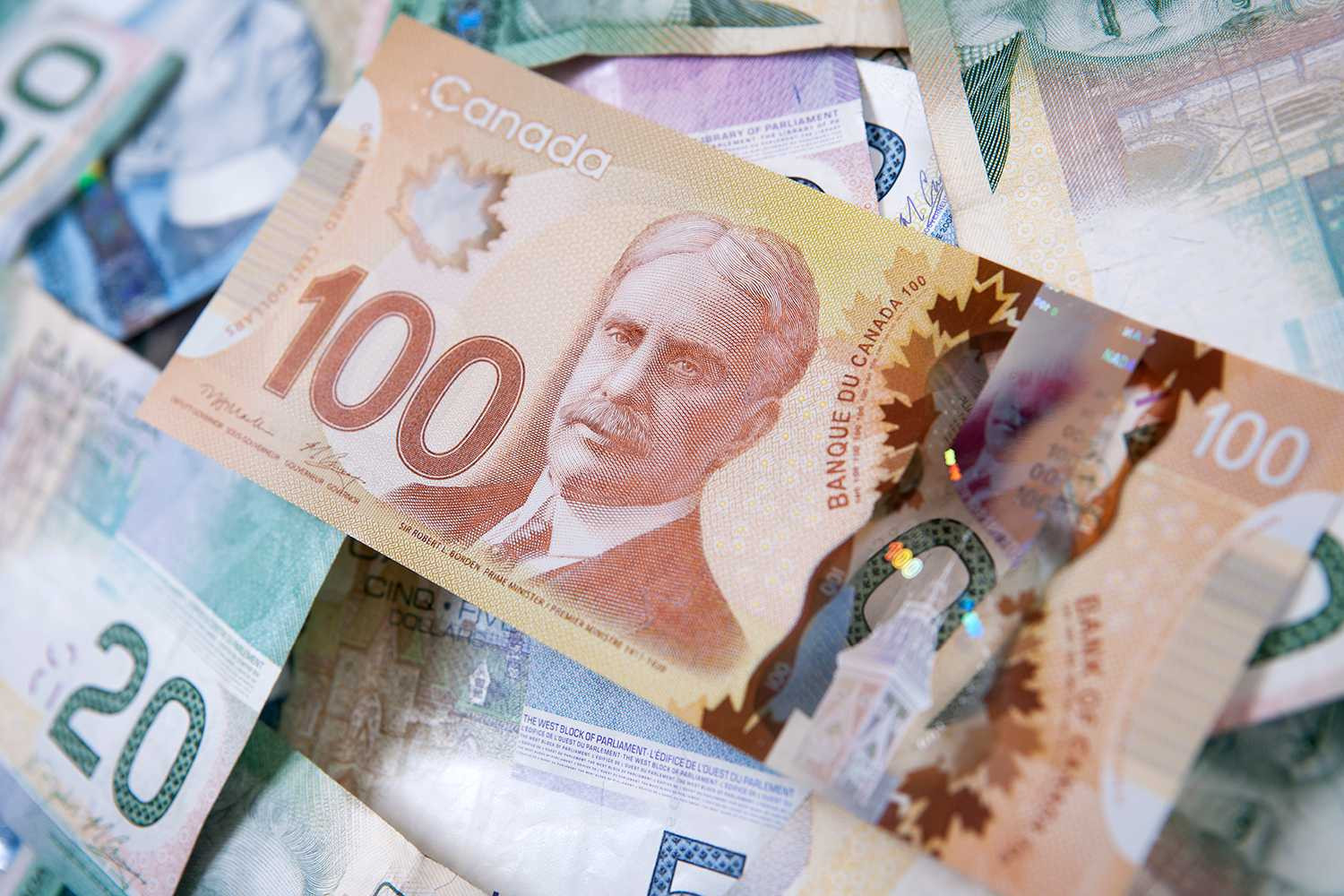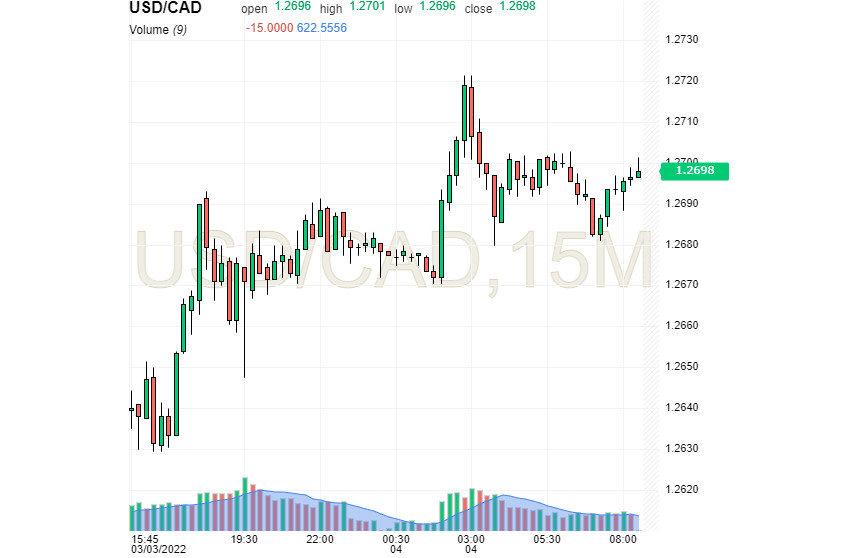
By the end of the week, the Canadian dollar was in high spirits, despite the serious geopolitical conflict around Ukraine. The Canadian dollar rallied on the back of the looming energy crisis, but was unable to consolidate its gains.
This week, the buyers of the Canadian dollar, who took advantage of the decline of the USD/CAD pair by over 150 pips, were in a winning position. As a result, the pair updated the lows recorded at the end of January 2022 and broke support at 1.2600.
USD/CAD is currently near the lowest levels of January. Analysts are expecting a further slide. On March 4, USD/CAD was trading at 1.2698, approaching a level of 1.2700.

The ubiquitous surge in energy prices poses a threat to the European economy. Against this backdrop, a number of key currencies, particularly the European currency, have weakened markedly. Meanwhile, commodity currencies such as the Canadian, Australian and New Zealand dollars have gained strength.
An energy boost helped the Canadian dollar to strengthen. USD/CAD fell from 1.2730 to 1.2595 amid an increase in oil exports. Notably, Canada is one of the largest oil exporters.
The price of oil on the global market is a major trigger for rising inflation. Earlier this week, the price of benchmark Brent added 5%, reaching $115 a barrel. This is the highest figure since 2011, experts emphasize. The bullish rally in the oil market was triggered by investor fears of a global supply shortage and inaction by OPEC+ countries, which have been curbing oil production growth as much as they can.
Traders are concerned about the potential impact of anti-Russian sanctions on the global energy sector. Many Western countries have refrained from imposing sanctions on the Russian energy sector, but some market participants have stopped buying Russian oil. Against the backdrop of disruptions to offshore supplies of Russian crude, global oil production could sag. On March 3, Brent was as high as $120 a barrel.
Another factor supporting the Canadian dollar was a 25 basis points interest rate hike by the Bank of Canada. The authority stressed that the regulator was ready for further rate hikes at upcoming meetings. It should be noted that the Bank of Canada has raised its key rate for the first time in 3.5 years and has set a course to further tighten monetary policy. The measure is required to limit inflationary pressures, which have intensified against the backdrop of rising fuel prices. The geopolitical conflict around Ukraine will not prevent further rate hikes, the bank believes.
The Canadian regulator is the second of the Group of Seven (G-7) central banks to increase its rate since the start of the COVID-19 pandemic. According to the Bank of Canada, a greater reduction in monetary stimulus will be required in the near future. This is necessary to further normalize monetary policy as the risk of stronger consumer price increases remains this year.
According to analysts, the main drivers behind the strength of the Canadian dollar and the decline in the USD/CAD pair to 1.2500 are oil and monetary ones. The Bank of Canada's hawkish rhetoric contributes to the CAD's strength. The national economy and currency are supported by rising oil prices, as raw materials are the country's key export resource.
 English
English 
 Русский
Русский Bahasa Indonesia
Bahasa Indonesia Bahasa Malay
Bahasa Malay ไทย
ไทย Español
Español Deutsch
Deutsch Български
Български Français
Français Tiếng Việt
Tiếng Việt 中文
中文 বাংলা
বাংলা हिन्दी
हिन्दी Čeština
Čeština Українська
Українська Română
Română

